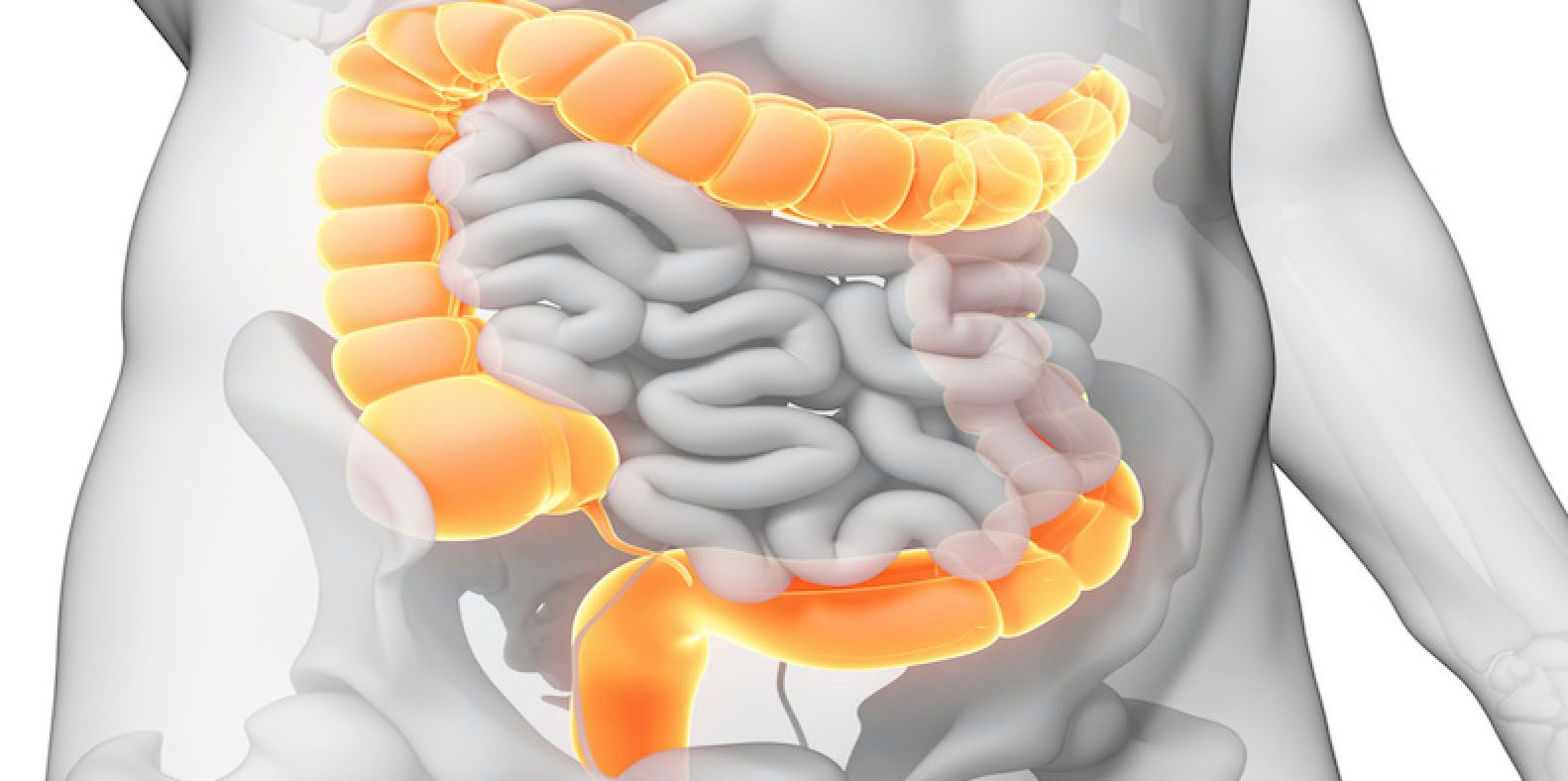ctDNA Serves as Biomarker for Early Response Assessment in Advanced CRC
Compared with other tumor biomarkers, circulating tumor DNA may be ideal for early response assessment and have potential to enable use of adaptive clinical study designs in the future for patients with advanced colorectal cancer.

Due to the short half-life of circulating tumor DNA (ctDNA), it serves as an ideal biomarker for early response assessment compared with others in patients with advanced colorectal cancer (CRC), according to data from a poster presented at the 2023 Gastrointestinal Cancers Symposium.
Investigators reported that molecular non-responders had a hazard ratio (HR) for death that was 5.9 times higher and a time to next treatment (TTNT) HR that was twice as high compared with molecular responders; this was done using a MR cut point of more than a 50% decrease in ctDNA.
The median overall survival (OS) in patients who responded and did not respond to chemotherapy was not reached (NR; 95% CI, 26.3-NR; CPH HR, 0.17; 95% CI, 0.08-0.36; P <.005) and 11.8 months (95% CI, 8.7-14.6; HR, 5.92; 95% CI, 2.78-12.63; P <.005). Additionally, in patients who responded or didn't respond to all regimens, the median OS was NR (95% CI, 23.7-NR; 0.43; 95% CI, 0.24-0.76; P <.005) and 17.8 months (95% CI, 10.5-23.4; HR, 2.43; 95% CI, 1.31-4.18; P <.005).
Moreover, among patients treated with chemotherapy, the median TTNT for responders and non-responders was 10.3 months (95% CI, 7.3-NR; HR, 0.51; 95% CI, 0.28-0.92; P = 0.26) and 5.8 (95% CI, 4.0-7.4; HR, 1.97; 1.08-3.58; P = .026), respectively. In the population that received all regimens the responders and non-responders had a median TTNT of 10.1 months (95% CI, 8.2-16.1; HR, 0.48; 95% CI, 0.30-0.76; P <.005) and 6.1 months (95% CI, 4.5-7.6; HR, 2.09; 95% CI, 1.31-3.34; P <.005).
The investigators queried the Guardant INFORM database, consisting of aggregated commercial payer health claims and de-identified records of over 220,000 people who underwent ctDNA testing with Guardant360. The population underwent ctDNA testing from September 2018 to March 2022, 15 weeks before treatment initiation with any line of therapy in addition to another test 3 to 15 weeks after starting treatment. The G360 Response algorithm was used to retrospectively evaluate the patient population.
Those who were identified as ctDNA low due to low tumor shed at both timepoints were allocated to the molecular responders group during response assessment. Covariates included gender, age, line of therapy, and comorbidities.
A total of 185 patients with advanced disease were had eligible molecular response results. Sixty-five percent had been treated with chemotherapy with or without a VEGF inhibitor, 21% were treated with anti-EGFR monoclonal antibody–containing regimens, and 14% were treated with other therapies.
Investigators reported that 58% of patients were classified as molecular responders—16% of whom cleared ctDNA on treatment and 15% were ctDNA low—and 42% of patients were considered non-responders. Molecular responders were defined as patients with a decrease in mean VAF of 50% or greater of pre-treatment to on-treatment ctDNA, or those who were ctDNA low.
In terms of other findings, molecular responders who were treated with chemotherapy had the most notable reduction in TTNT and OS hazard, as identified by thresholds of ctDNA decrease of 50% or greater; a similar trend was observed across several thresholds. Moreover, molecular responders experienced a decrease in hazard for both OS and TTNT.